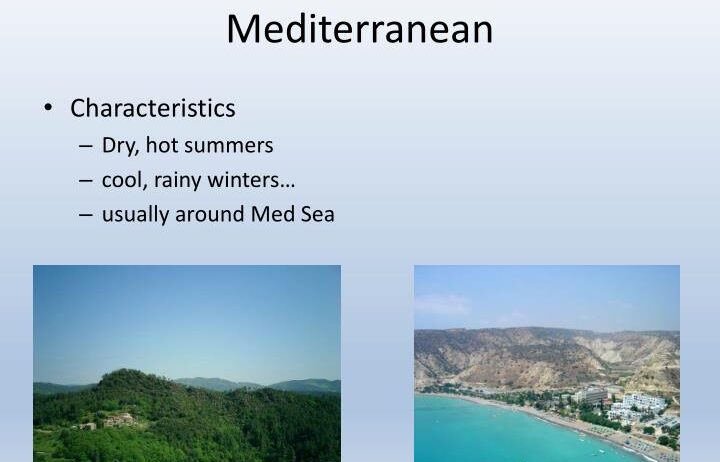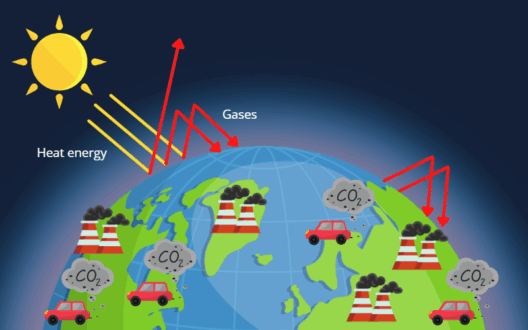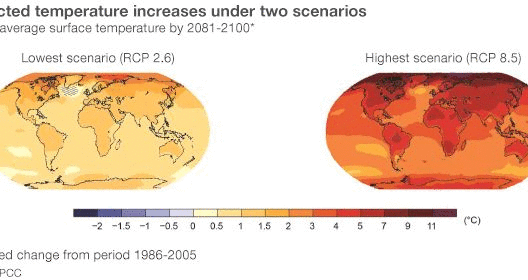When one thinks of the Mediterranean climate, images of sun-drenched shores, olive groves, and vibrant markets often come to mind. Nestled between the mountains and the sea, this climatic zone is uniquely enchanting, giving rise to a lifestyle steeped in culture and nature. The Mediterranean climate is not merely a set of weather patterns; it is an intricate tapestry of environmental conditions that nurture distinctive ecosystems and human experiences.
Defining the Mediterranean climate requires an understanding of its key characteristics, which distinguish it from other climatic regimes. This climate primarily exists in regions situated around the Mediterranean Sea, parts of California, central Chile, the Cape Town area in South Africa, and southwestern Australia. The Mediterranean climate is characterized by distinct seasonal variations: hot, dry summers and mild, wet winters. This dichotomy creates a rich environment where flora and fauna thrive amidst the gentle embrace of sunlight during the summer, and the nurturing rains of winter offer a rejuvenating resilience.
Summer reigns supreme in Mediterranean regions, where days stretch long under the brilliant blue sky. The heat can be relentless, with temperatures frequently soaring above 30 degrees Celsius (86 degrees Fahrenheit). However, it is this very heat that cultivates the famous beverage of southern Europe—the refreshing wines of France and Italy, produced from grapes that bask in the incessant solar warmth. With the intensity of the sun, the land becomes a tapestry of golden hues, dotted with the dark green of evergreen shrubs and the silvery leaves of olive trees. However, the poetic beauty disguises also the environmental challenges of drought that accompany these arid months.
As the sun dips below the horizon, the Mediterranean night offers a cool reprieve, a gentle contrast that invites nocturnal activity. While the daytime might feel like a furnace, nights are often refreshingly crisp. This transition is emblematic of the Mediterranean experience; it symbolizes the ebb and flow of life between the exultation of the heat and the solace found in cooler temperatures. The cultural implications of this dichotomy are significant—festivities and social gatherings often erupt after dusk, as communities come alive under the starlit sky, sharing laughter over shared meals infused with the rich flavors of local cuisine.
Flora and fauna within Mediterranean climates exhibit remarkable adaptability, reflecting a complex interplay of resilience and delicacy. The vegetation, often known as ‘maquis’ or ‘garrigue,’ comprises a diverse array of shrubs, herbs, and trees. These plants have evolved to withstand prolonged droughts and the rigors of poor soil, resulting in a unique ecological niche. This adaptability serves a dual purpose; it showcases nature’s ingenuity while simultaneously presenting serious conservation issues due to urban development and climate change.
The Mediterranean climate also cradles some of the world’s most iconic ecosystems, including the enchanting biodiversity of its marine environments. The coastal areas, where land meets sea, are teeming with life and have become vital ecological zones. Rich underwater habitats host myriad species, from industrious mollusks and colorful fish to majestic marine mammals that ply the azure waters. These coastal ecosystems are crucial for sustaining fisheries and supporting local economies. However, they too face the looming threats of pollution and overfishing—menacing challenges that demand immediate conservation efforts.
Culturally, the Mediterranean climate has given rise to vibrant traditions that intertwine with the environment. Agriculture flourishes here, as it draws from the land’s unique attributes. Olives, grapes, citrus fruits, and figs bloom abundantly, encouraging culinary diversity that is celebrated around the globe. The rich culinary heritage reflects not merely the climate’s bounty but also the very essence of Mediterranean lifestyle, where mealtime is a cherished ritual centered around communal gatherings.
The cultural significance of this climate cannot be understated. It has birthed philosophies, arts, and architecture—a vivid reflection of humanity’s relationship with the environment. Ancient civilizations such as the Greeks and Romans thrived in these regions, their legacies still present in the ruins that pepper the coastline. Their architectural marvels, constructed using local materials, mirror the harmonious blend of human innovation and environmental respect, creating an enduring connection that resonates through history.
Yet, the Mediterranean climate is not invulnerable. Changes wrought by global climatic disruptions threaten to unravel its delicate balance. Increasingly erratic weather patterns, rising sea levels, and prolonged droughts raise alarm bells that echo across the landscape. The future of this climatic zone hangs in a precarious balance, necessitating immediate action from local and global communities to ensure that the beauty that defines this cherished climate endures.
In summary, a Mediterranean climate is a complex symphony of warm, sun-kissed summers and cool, gentle nights, steeped in natural wonder and cultural richness. It is both a blessing and a fragile marvel, inviting reflection on humanity’s place within the delicate fabric of the natural world. As stewards of such a remarkable environment, it is imperative to advocate for its preservation and cultivate an awareness of the intricate relationships that sustain it. The allure of the Mediterranean is not merely in its picturesque landscapes but in the profound understanding of our bond with nature—a bond that beckons us to honor and protect for generations to come.






